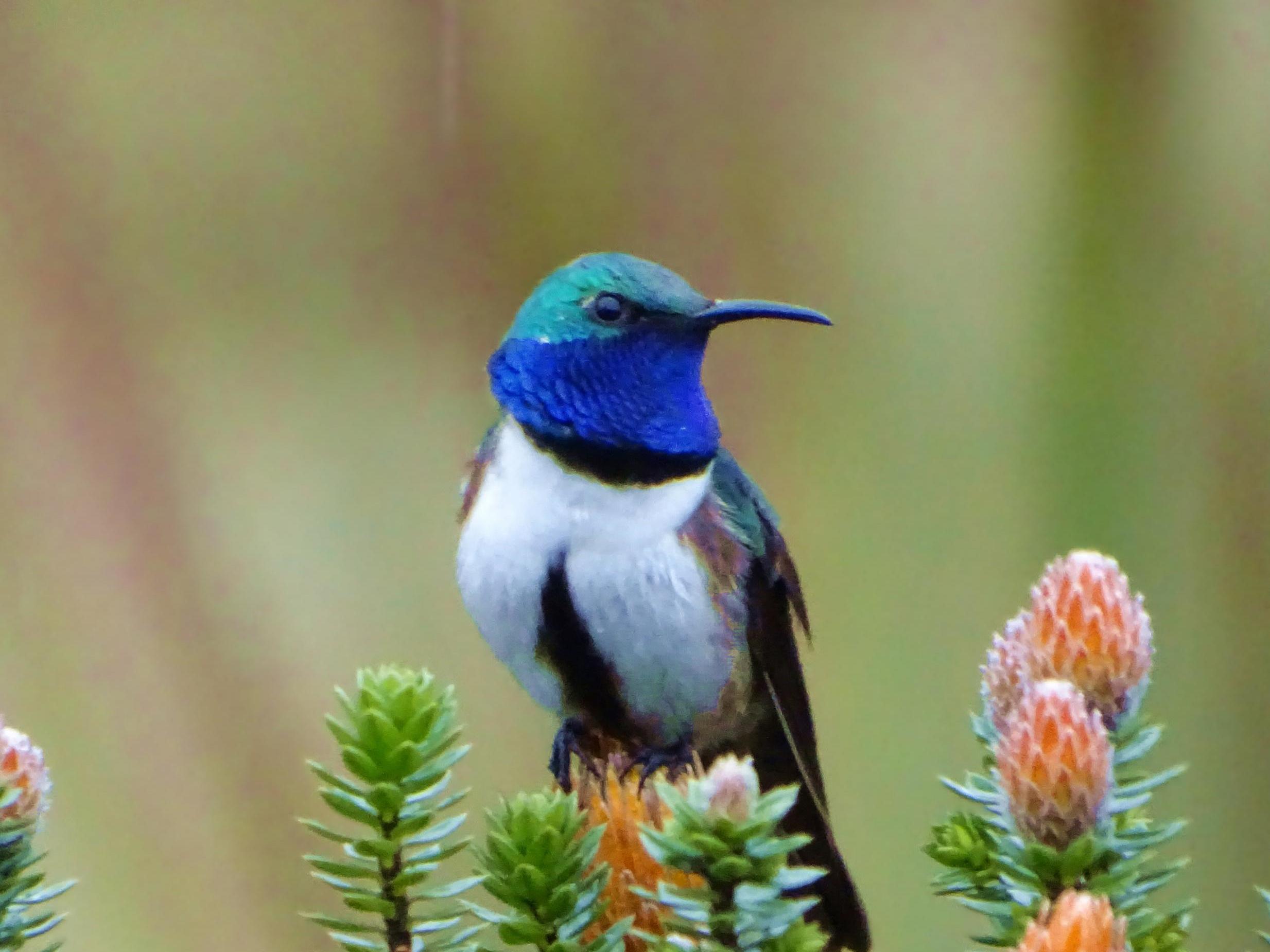Mining corporations threaten newly discovered hummingbird with extinction
'For every habitat we lose, we eliminate a stronghold for numerous species - and this can mean extinction'

Your support helps us to tell the story
From reproductive rights to climate change to Big Tech, The Independent is on the ground when the story is developing. Whether it's investigating the financials of Elon Musk's pro-Trump PAC or producing our latest documentary, 'The A Word', which shines a light on the American women fighting for reproductive rights, we know how important it is to parse out the facts from the messaging.
At such a critical moment in US history, we need reporters on the ground. Your donation allows us to keep sending journalists to speak to both sides of the story.
The Independent is trusted by Americans across the entire political spectrum. And unlike many other quality news outlets, we choose not to lock Americans out of our reporting and analysis with paywalls. We believe quality journalism should be available to everyone, paid for by those who can afford it.
Your support makes all the difference.Mining giants are threatening to wipe out a newly discovered hummingbird, according to campaigners.
The blue-throated hillstar, which was discovered last year on mountaintops in southern Ecuador, is already critically endangered.
But mining corporations have gained the rights to move in on its habitat to extract metals, which experts say would be disastrous for the bird and other wildlife.
Scientists estimate there are only between 250 and 750 hillstars, which grow up to 5in long. They are unusual among hummingbirds because they are suited to the low temperatures of the Andes, the only place in the world where they live.
The metal-rich landscapes of the South American country have been increasingly targeted for industrial mining. Swathes of tropical forests have been cleared to allow copper, gold and lead to be extracted from large open pits.
If the mining companies take up their new permits, experts fear it will mean almost certain extinction for the hillstar.
Ecuador's national mining agency, Arcom, has been contacted for comment.
World Land Trust is trying to raise £30,000 to put the 70,000-acre habitat under government protection and prevent mining.
The project also aims to provide clean water for at least 470,000 Ecuadorian people by extending a proposed water protection area.
“This is a unique opportunity to save a critically endangered species from extinction,” said Richard Cuthbert, head of conservation at the trust.
“For every habitat we lose, we eliminate a stronghold for numerous plant and animal species. For species such as the blue-throated hillstar, with such a small range, this can mean extinction.
“The fact that we are continuing to discover new species in habitats facing threats like mining shows we may not even be aware of the ecological damage these activities cause.”
As well as the hillstar, a new species of frog, the tik tik rain frog, was also discovered last year in ther area, which is home to spectacled bears, mountain tapirs and the Andean condor.
Join our commenting forum
Join thought-provoking conversations, follow other Independent readers and see their replies
Comments